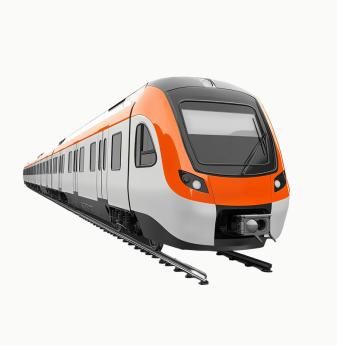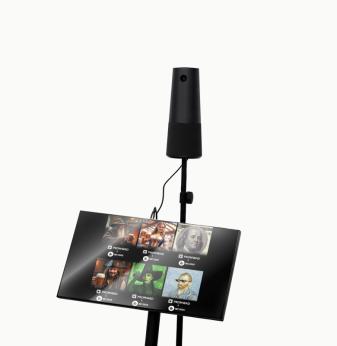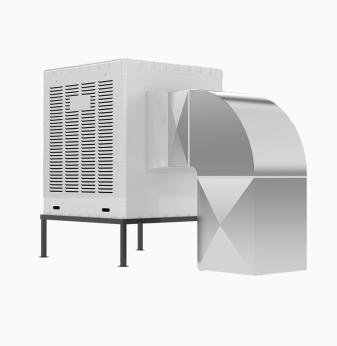How to Choose the Right RTOS for Embedded Vision and AI at the Edge
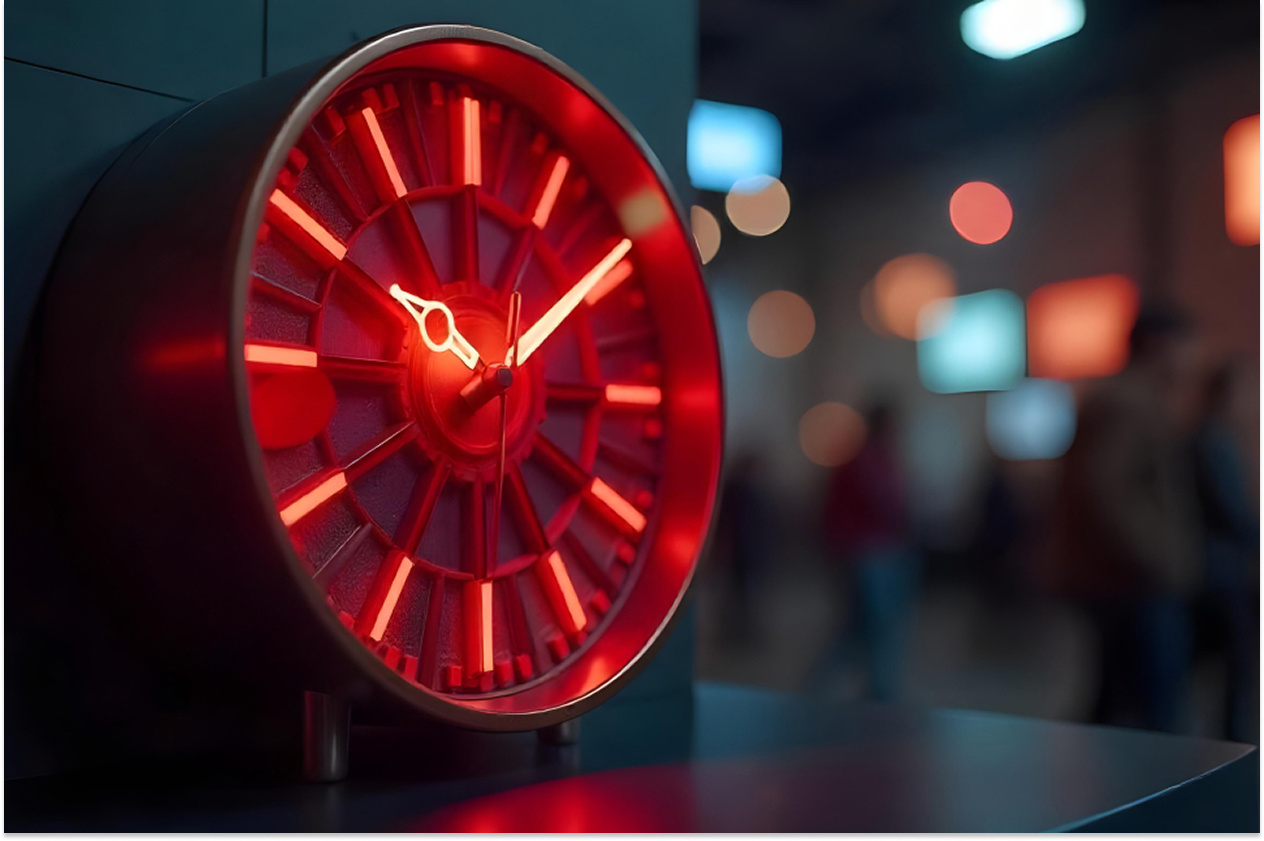
Edge AI and embedded vision are reshaping industries from smart factories and automotive to consumer electronics and smart cities. These systems must process data locally, often in real-time, with tight latency, power, and memory constraints. The operating system at the heart of these devices plays a critical role—and in most cases, that means choosing the right real-time operating system (RTOS).
This article walks you through the main factors to consider when selecting an RTOS for embedded vision and edge AI applications. We also compare popular RTOS options and outline best practices for successful integration.
Why RTOS matters for edge AI and embedded vision
RTOS is designed for deterministic performance, fast context switching, and precise task scheduling. This is crucial when dealing with:
- Real-time inference from video streams
- Sensor fusion across multiple input types
- On-device decision-making with limited power
- Camera control, triggering, and image preprocessing
- Safety-critical operations in automotive and industrial systems
An ideal RTOS must support low-latency AI workloads and vision algorithms while ensuring system reliability, responsiveness, and scalability.
Key requirements for vision-AI RTOS
When choosing an RTOS for your AI and vision application, consider the following requirements:
1. Deterministic real-time performance
Edge vision systems often require sub-millisecond response times for object detection, tracking, and triggering outputs. The RTOS must support predictable interrupt handling and minimal jitter.
2. Multithreading and resource management
AI workloads include multiple parallel tasks: image acquisition, frame processing, inference, and control feedback. Your RTOS must support multi-threaded applications with priority-based preemption and inter-task communication.
3. Hardware abstraction and portability
Support for heterogeneous hardware platforms—especially MCUs and MPUs with AI accelerators, GPUs, and DSPs—is essential. The RTOS must provide hardware abstraction layers and drivers to simplify integration.
4. Memory footprint and scalability
Vision-AI applications run on constrained devices, so the RTOS must have a small footprint. At the same time, it should scale to support rich features like file systems, networking, or OTA updates when needed.
5. Ecosystem and middleware
Your RTOS should support AI frameworks (like TensorFlow Lite for Microcontrollers), camera APIs (e.g., MIPI CSI), and relevant communication stacks (Ethernet, CAN, MQTT). Look for RTOS vendors with strong community or vendor support.
6. Safety and certification
If you're targeting automotive (ISO 26262), industrial (IEC 61508), or medical (IEC 62304) applications, the RTOS should offer safety certification packages or be pre-certified.
Popular RTOS choices for vision-AI systems
| RTOS | Footprint | License | Strengths | Limitations | Best for |
| Zephyr RTOS | Very small (50–500 KB) | Apache 2.0, open-source | Modular, secure, modern HAL, growing AI/ML integration, native support for Edge Impulse | Less mature in high-integrity or safety-certified use cases | IoT vision systems, wearables, proof-of-concept edge AI nodes |
| FreeRTOS | Tiny (6–15 KB) | MIT | Extremely lightweight, widely adopted, supported by AWS for cloud-connected AI edge nodes | Lacks rich middleware unless extended | Low-power AI/vision edge devices with limited resources |
| RTEMS | 100–200 KB | GPL with linking exception | Used in space and safety-critical applications, deterministic behavior | Smaller ecosystem, limited AI-specific support | Aerospace or industrial edge vision use cases needing high reliability |
| QNX | Moderate (1–3 MB) | Commercial | POSIX-compliant, real-time microkernel, ASIL-D certified, strong memory protection, robust vision SDKs | Cost, licensing, complexity | Automotive vision systems, medical-grade edge AI, autonomous machines |
| VxWorks | 200 KB to several MB | Commercial | Proven in mission-critical systems, toolchain integration, security, support for OpenCV and AI toolchains | Licensing, complexity, long learning curve | High-performance embedded AI in avionics, robotics, and automotive |
Real-world use cases
- Autonomous agricultural robots use Zephyr or FreeRTOS with embedded cameras for weed detection and crop analysis. These platforms require ultra-low power and flexible OTA capabilities.
- Smart surveillance devices often adopt Linux + RTOS dual-core architectures, with the RTOS handling camera control, trigger logic, and secure boot, while Linux manages inference and networking.
- ADAS systems rely on certified RTOSes like QNX or VxWorks for deterministic behavior in pedestrian detection, lane departure alerts, and camera monitoring.
- Industrial defect detection systems implement multi-core designs where the RTOS orchestrates real-time camera streams and synchronizes with AI modules running on embedded GPUs or FPGAs.
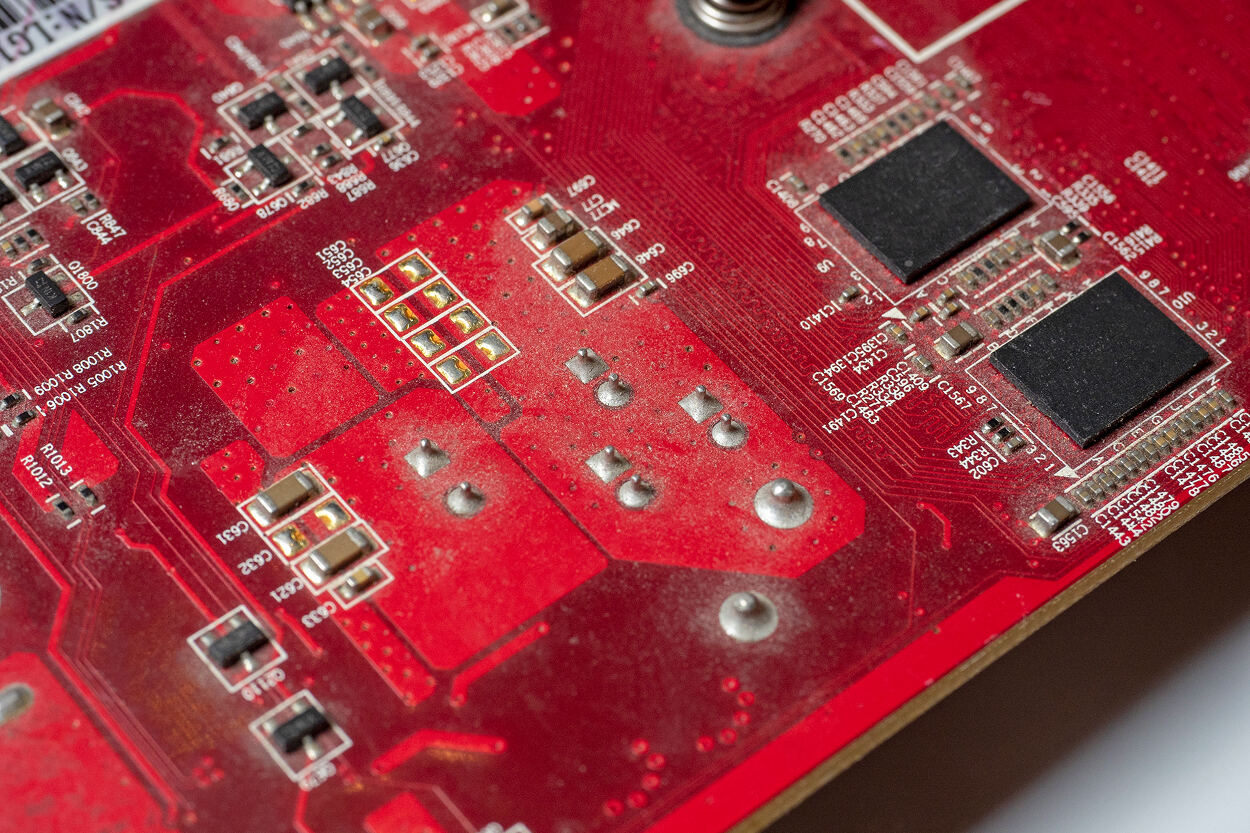
Best practices for choosing and deploying RTOS
- Benchmark latency for your camera + inference pipeline early in the design process
- Evaluate power consumption with real RTOS tasks and sleep modes
- Use hardware-supported security and memory protection features
- Validate camera drivers and middleware compatibility
- Plan for OTA and secure updates in production environments
- Avoid overengineering—choose the smallest RTOS that meets your needs
How Promwad supports vision-AI RTOS development
At Promwad, we help our clients build edge AI systems optimized for real-time performance and vision-based tasks. Our services include:
- RTOS evaluation and porting (FreeRTOS, Zephyr, QNX, etc.)
- Hardware abstraction layer development for cameras and sensors
- Custom firmware for image acquisition, preprocessing, and triggering
- Integration with ML frameworks and on-chip inference engines
- Power optimization for always-on or event-driven devices
- Functional safety and certification support for regulated markets
Whether you're designing a smart camera, autonomous robot, or edge vision node, our team ensures your software stack is lean, reliable, and production-ready.
Conclusion
The RTOS is the foundation of your embedded vision and AI system. Your choice affects real-time performance, power efficiency, scalability, and compliance. There’s no one-size-fits-all solution—each project demands a careful evaluation of technical requirements, hardware constraints, and long-term goals.
If you're building an edge AI device and need support choosing or integrating an RTOS, Promwad is here to help with full-cycle development and industry-specific expertise.
Let’s bring your vision system to life—on time, at scale, and with the right OS under the hood.
Our Case Studies

